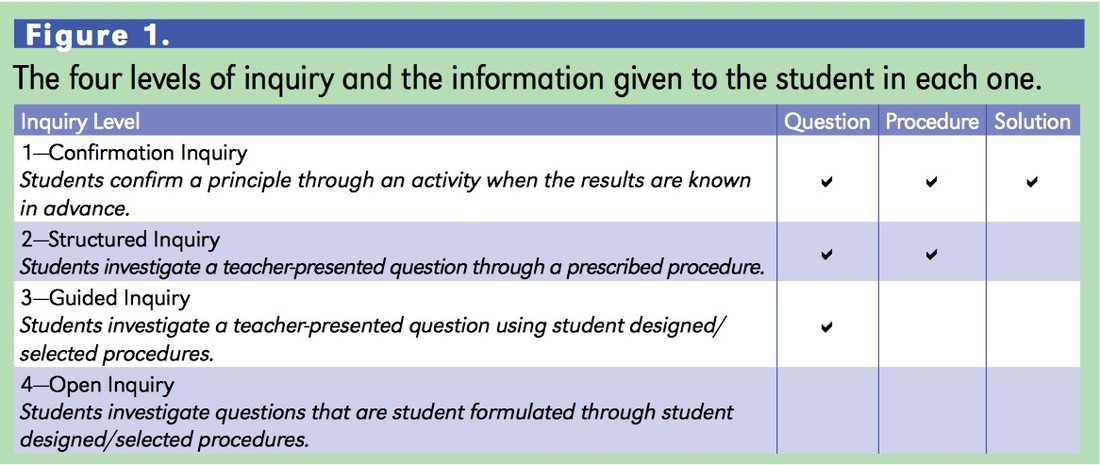



A qualitative method that requires a lot of effort to become “statistically significant”.Additionally, this can be costly as well. As compared to other research methods, this method takes a lot of time in visiting the participants and conducting observations. There are certain drawbacks to this method, which includes: The cons of conducting the contextual inquiry This method can be carried out wherever a user is located/based.It provides highly detailed information compared to other qualitative research methods.Observing users in their natural environment reveals more accurate information.It reveals information and data that users may not be aware of.You may also perform this method if you are interested to know the competing applications and what participants use as alternatives.īelow are good reasons to utilize contextual inquiry in your UX research: This method may be used if you want to know how users can solve the problem your application aims to fix. Like for example, when you want to develop an application but have no idea whether your users will benefit from it or not. You may find this method most useful in the early stages of your project. What are the advantages of contextual inquiry?Ĭontextual inquiry is beneficial in cases where you want to find out about the users. The researcher can ask the participant to perform specific tasks if they are to be examined during the research brief. It is important for the researcher to stay focused on the topics that need exploration in order to provide insightful data needed to make the improvements on the project’s scope. The participant can correct or add more insights to the researcher’s interpretations. This involves the researcher explaining the conclusions and interpretations of the participant throughout the interview. There should be a collaborative partnership between the researcher and the participant to better understand what the participant is doing and why.Ī contextual interview starts with observation and shifts to discussion, which tackles the things that happened in rapid shifts throughout the interview. Also, it is possible to explore previous interactions that are not observed before. The researcher observes the use of the product and talks to the participant about what has happened in the session. Usually, this is conducted in a workplace or home setting but now that we are in the digital age, we can conduct contextual inquires in a wider range of settings and scenarios. These are the four guiding principles of contextual inquiry:Īs explained, the interview must take place in the context of use.

It is best to observe them doing the activities so you can properly take note of everything they do during the process. But why not just ask them after? People easily forget and not all details will be remembered after. This method lets us observe people doing different activities. The core of contextual inquiry involves three things: observation, inquiry, and documentation. You may do phone interviews but you cannot do contextual inquiry unless you are in the real context of what you are trying to find out or learn about. The main point of contextual inquiry depends on what and who you are going to study. Unlike in user interviews where you ask people questions, this method lets you observe people and ask them their feedback to yield enough actionable data that you need for your research. This method is an excellent way to discover better means to improve a certain process, product, or service. The contextual inquiry method involves observing people in their natural context and asking them questions to fill in the gaps of the observation. Unlike usability testing, this research method does not involve setting people certain tasks to do, but instead, researchers need to visit the participants’ homes or their workplaces and talk to them.


 0 kommentar(er)
0 kommentar(er)
